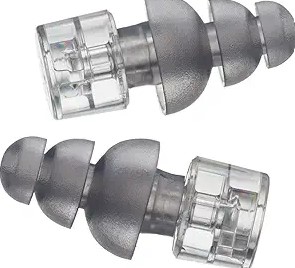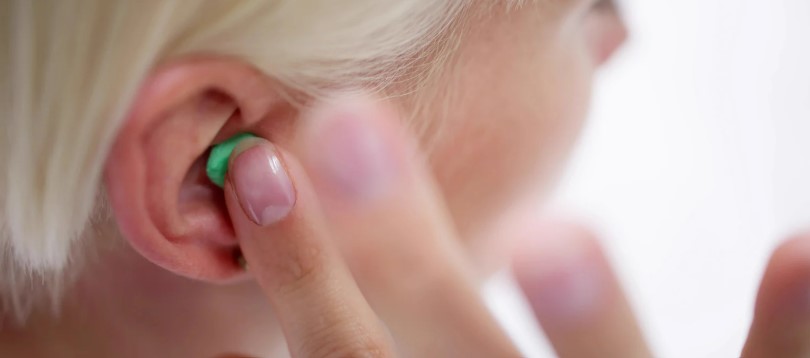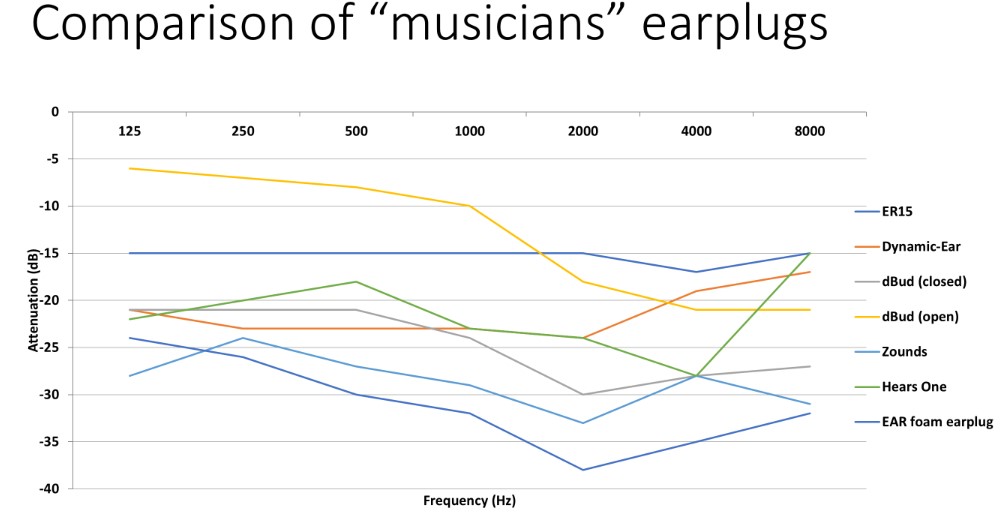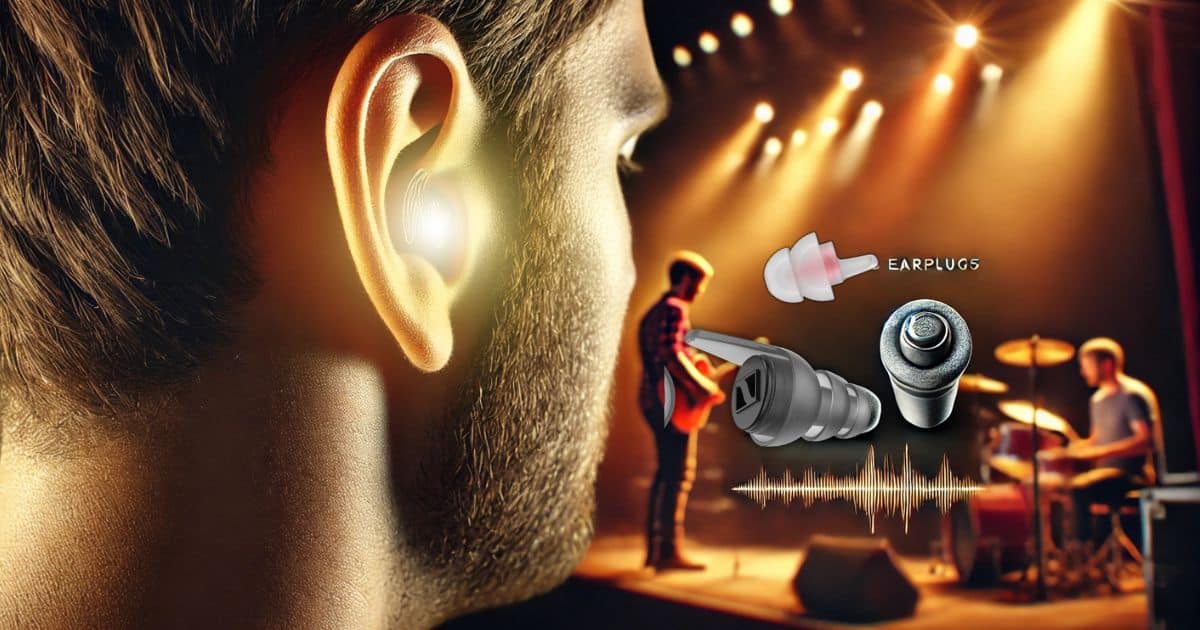Since 1988 hearing protection has been available for musicians and those in the performing arts (Killion, et al., 1988). Prior to that, only polymeric foam, or foam-like “industrial strength” hearing protectors were available. There were two innovations in 1988 that made them appropriate for those in the performing arts: (1) they had flat attenuations where the bass notes and the treble notes were equally attenuated such that the relationship between the lower frequency fundamental energy and its higher frequency harmonics was maintained, and (2) only 15 dB of attenuation was provided.
The flat attenuation pattern was the brain-child of Elmer V. Carlson who worked at Knowles and when Mead Killion left Knowles to open up his company, Etymotic Research, he obtained permission to use the Carlson patent. These became known as the ER15 musicians’ earplugs and in 1992, a one-size-fits-all version of these earplugs (ETY plug) became available.
 The ER15 earplug remains a very important part of the toolbox that audiologists have when seeing musicians. The current version of the one-size-fits-all ETY plug is called the ER-20XS. (Actually its a two-size-fits-all with both standard and large sizes, but the vast majority of users can use the standard size. The large size seems to only fit NFL sized line-backers!)
The ER15 earplug remains a very important part of the toolbox that audiologists have when seeing musicians. The current version of the one-size-fits-all ETY plug is called the ER-20XS. (Actually its a two-size-fits-all with both standard and large sizes, but the vast majority of users can use the standard size. The large size seems to only fit NFL sized line-backers!)
The ”15 dB” part of the earplug is that only (and exactly) 15 dB of attenuation is provided. While this may not seem like a lot, each 3 dB reduction of sound implies that a person can be exposed twice as long to noise and music… a 6 dB reduction would imply that a person can be exposed four times as long… and continuing the math, a 15 dB reduction would mean that a person can be exposed 32 times as long as compared to no hearing protection.

The associated audio file (below) shows this 15 dB reduction. It is noticeable, but the music is essentially reduced from a potentially damaging level to one that is not damaging, all while maintaining the audibility of the music. More is not necessarily better.
The file is in an ABCA format where A is unfiltered music; B is a uniform 15 dB reduction/attenuation such as the ER15 earplug; and C is a fully occluding EAR foam earplug with significant high frequency sound attenuation.
Comparing Performance of Musician’s Earplugs
The following figure shows the attenuation pattern of five commercially available earplugs that are being marketed to musicians and those in the performing arts. The ER15 provides exactly 15 dB of attenuation across the frequency range (with a small increase in the 4000-6000 Hz region) whereas other forms of hearing protection provide significantly more (and unnecessary) hearing attenuation which differs across the frequency region.
These attenuation data have been supplied by the various manufacturers. The EAR foam earplug intended for industrial usage is also shown for comparison purposes and provides roughly 25 dB low frequency attenuation but close to 40 dB higher frequency attenuation. Also shown is the open condition for the dBud earplug- this particular type has both an “open” and a “closed” condition. In the open condition, it provides minimal low frequency attenuation but up to 20 dB in the higher frequency region. This is similar to what dampened toilet paper that is rolled up and inserted into the ear canal, can provide.

Comparing the attenuation data of various musician earplugs
The figure shows the attenuation across the frequency range as supplied by the manufacturers of these non-custom earplugs. These have all been marketed to musicians in order to prevent hearing loss.
Merely marketing a hearing protector as a musicians’ earplug does not make it so. Some of the marketed earplugs are similar to industrial strength foam plugs in their attenuation pattern and others are quite different for different frequency regions.
Reference:
Killion, M., DeVilbiss, E., and Stewart, J. An earplug with uniform 15-dB attenuation. The Hearing Journal, Vol. 41(5): 14-17.
Note: The audio file and music were created and used with permission from Shaun Chasin, Composer. www.Chasin.ca






